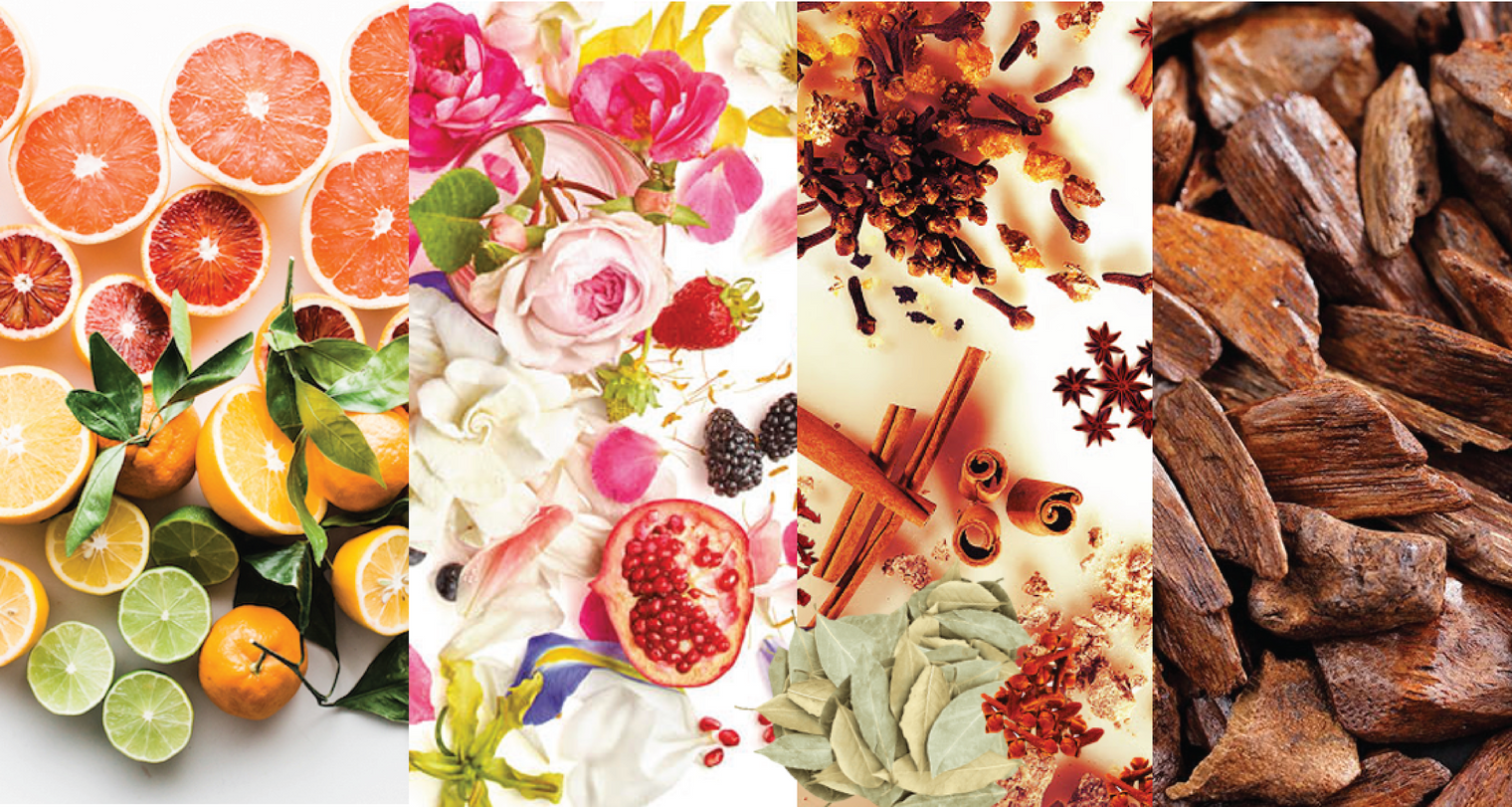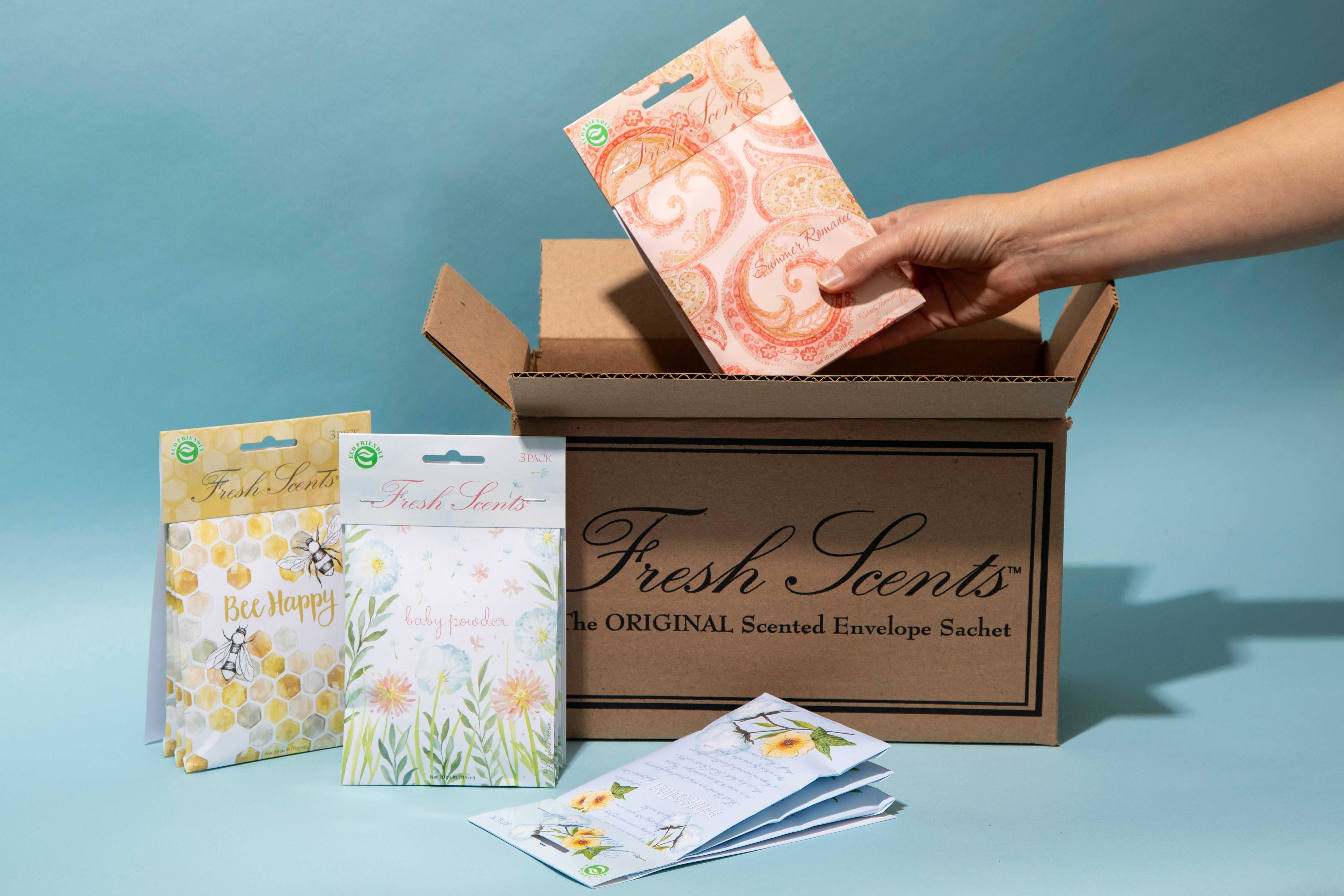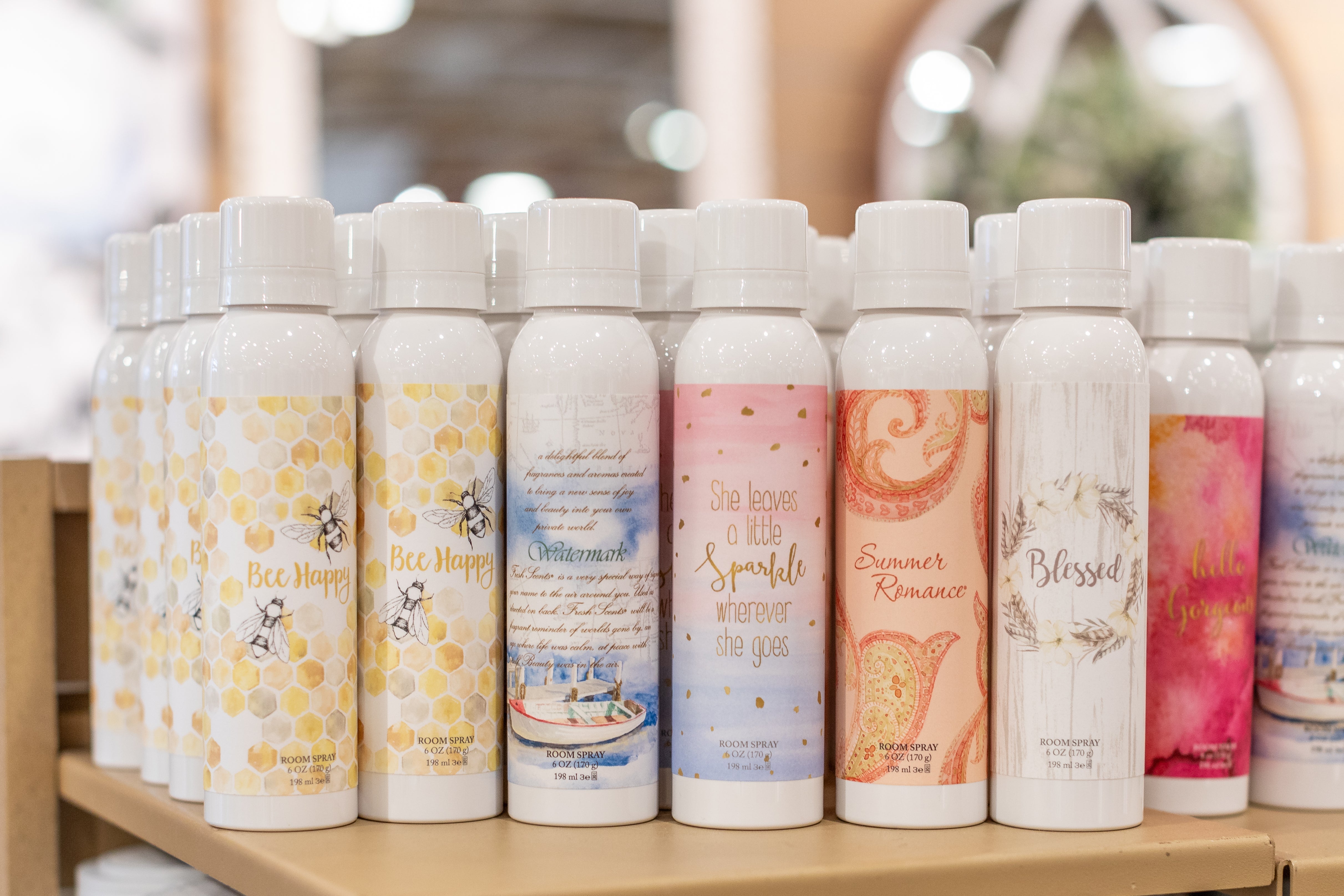
In the world of fragrance, understanding the concept of fragrance families is akin to mastering the color wheel for apparel buyers. Just as different colors experience trend cycles, complement one another, or evoke certain emotions, so fragrances belong to distinct families. Understanding the different fragrance families is helpful, whether you're an experienced perfumer or just starting to explore scents. Below, we'll delve into the four main fragrance families, demystifying their classifications and helping you navigate the category.
What are Fragrance Families?
Think of fragrance families as the building blocks of scent, each family offering a distinct palette of fragrance notes that form the basis of a fragrance. Just as a family tree branches out into various relatives, fragrance families encompass a diverse range of scents and subfamilies. These families serve as a roadmap for navigating the world of fragrances, and the benefit of a well-rounded assortment.
The Primary Fragrance Families:
Immerse yourself in a garden in bloom with the floral family. From timeless rose, to powdered peony or vibrant, fruity blends, the floral family is both the broadest and most well-known family found in fragrance. Traditionally giving a feminine edge to fragrance, florals have been used in perfumery since the dawn of time.
While floral is the prominent scent in this family, but there can also be subfamilies. These subfamilies feature a blend of straight floral and its adjacent counterparts. They include soft florals and fruity.
Soft Florals: Cue Chanel No5, soft florals tend to be sweeter and more powdery. They can also contain musk, which softens the intenseness of fresh florals.
Fruity: Although unexpected, the fruity sub-category is traditionally categorized under floral. From tangy berries to tropical fruits, this category is both distinct and varied. They typically add a bright cheerfulness to complex fragrances.
Inspired by earthy woods and resins, the woody fragrance family adds richness and warmth to fragrance. Fragrances that are classified as woody scents typically contain Sandalwood, Pine, Patchouli, Vetiver, or Cedarwood. Inspiring a sense of adventure, dry and smokey notes within the family lean more unisex or masculine.
The subfamilies in the woody category are dry woods and mossy woods.
Dry Woods: Sometimes called leather, the Dry Woods subcategory has a more smoky undertone. Cedar is a common dry wood note that is combined with tobacco.
Mossy Woods: Mossy woods have an earthy, sweet undertone. Two common mossy wood fragrance notes are Vetiver and Oakmoss. They combine very well with other sweet oriental scents such as amber.
Exotic and mysterious, amber fragrances (previously categorized as oriental) are categorized with opulent blends of spices and resins. From the warm and familiar vanilla to the spicy richness of cinnamon and clove, oriental scents are trademarked for strong and deep aromas.
The subfamilies of amber are soft amber and woody amber.
Woody Amber: Woody amber is a blend of rich amber notes like patchouli with woody notes such as sandalwood. In perfume, woody amber fragrances are often worn in the winter due to the coziness of the combination.
Soft Amber: Soft Ambers are situated next to the floral fragrance on the fragrance wheel and typically use sweeter spices and resins like vanilla or incense. The end product is a more gentle touch of amber.
Crisp and clean, fresh fragrances are energizing and bright. With notes of citrus, aquatic accords, and green herbs, these fragrances are the initial notes that you smell in a fragrance. However, being the lightest of the fragrance categories, they can fade to the background of the scent profile over time.
The subfamilies of fresh are citrus, water, and green.
Citrus: Typically associated with spring and summer, the citrus family brings a lively zest to the fragrances they make up. Among the most common citrus notes are classic, bright lemon, grapefruit for bitterness, bergamot for a hint of herbal, and orange for tang. They are said to tickle the nose to deliver an initial burst of fragrance.
Aquatic: Aquatic fragrances are those that take inspiration from water, usually the ocean. They can also be referred to as oceanic or marine as a result. Aquatic is one of the newest fragrance categories, emerging in the 90s to serve a unisex audience.
Green: Green is a generic term for notes that evoke leaves, foliage, and fresh cut grass. Directly inspired by nature, green notes convey a deep sense of freshness and the great outdoors. They are generally used as an inflection in a fragrance and are not often dominant.
The Importance of Understanding Fragrance Families
Fragrance families provide a structured way to categorize a wide range of scents.
As a buyer, familiarizing yourself with the characteristics of each fragrance family can make it easier to make informed decisions that align with your customers' needs and desires. Diversifying fragrance offerings across multiple categories benefits a store by broadening its appeal to a wider range of customers with varying scent preferences. This strategy increases the likelihood of satisfied shoppers, thereby maximizing sales potential with loyal, repeat customers.
More on the Blog:
-

How the Home Fragrance Category is Evolving Beyond Candles
Candles remain the cornerstone of home fragrance, but shoppers now seek scent experiences in every space—from closets to cars. Retailers...
-

Adapting Scent Marketing Strategies for E-commerce
How to Sell a Sensory Product in a Digital World Fragrance products like scented sachets, candles, and plug-ins are more...
-

Private Label vs. Established Brands: What’s Best for Your Retail Business?
Private Label vs. Established Brands: What’s Best for Your Retail Business? As a category manager, you’re responsible for building assortments...







